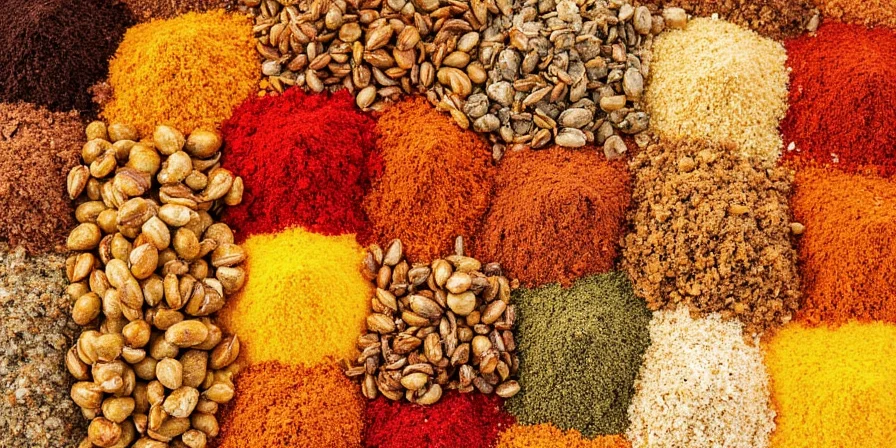
Curry spices are blends of aromatic ingredients that create the distinctive flavors in curry dishes worldwide. Unlike the single yellow powder found in Western supermarkets, authentic curry spices vary by region and typically include turmeric, cumin, coriander, fenugreek, and chili. These blends transform simple ingredients into complex, flavorful dishes through careful balancing of heat, aroma, and depth. This guide explains exactly what goes into curry spices, how to use them effectively, and the best ways to store them for maximum freshness—all with practical advice you can apply immediately in your kitchen.
Table of Contents
- What Are Curry Spices? (Simple Definition)
- 7 Essential Curry Spices You Need to Know
- Indian vs. Thai vs. Japanese Curry: Key Differences
- 5 Expert Tips for Perfect Curry Every Time
- How to Store Curry Spices to Prevent Flavor Loss
- 3 Simple Homemade Curry Recipes (Ready in 30 Minutes)
- Frequently Asked Questions
What Are Curry Spices? (Simple Definition)
Curry spices refer to custom-blended mixtures used to flavor curry dishes, not a single standardized powder. The term comes from the Tamil word "kari," meaning sauce. What most Western supermarkets sell as "curry powder" is just one interpretation—typically a British adaptation. Authentic curry blends vary significantly by region and often include 5-10 different spices carefully balanced for specific dishes. The core components almost always include turmeric (for color), cumin (for earthiness), and coriander (for citrus notes), with variations based on local ingredients and traditions.

7 Essential Curry Spices You Need to Know
While blends vary, these seven spices form the foundation of most curry mixes. Understanding their roles helps you customize blends to your taste:
| Spice | Key Flavor Contribution | What It Does in Curry |
|---|---|---|
| Turmeric | Earthy, slightly bitter | Gives curry its characteristic yellow color; adds mild earthiness |
| Cumin | Nutty, warm | Creates depth; enhances other flavors |
| Coriander | Citrusy, floral | Counters bitterness; adds brightness |
| Fenugreek | Sweet, maple-like | Balances heat; adds complexity |
| Mustard Seeds | Pungent, sharp | Provides initial flavor base when tempered in oil |
| Chili Powder | Spicy, fruity | Controls heat level; adds dimension |
| Garam Masala | Warm, sweet | Added at end for aromatic finish |
Indian vs. Thai vs. Japanese Curry: Key Differences
The biggest mistake home cooks make is treating all curry the same. Each region has distinct spice profiles and techniques:
| Curry Type | Signature Spices | Best For Beginners |
|---|---|---|
| Indian Curry | Turmeric, cumin, coriander, garam masala | Start with butter chicken—mild and creamy |
| Thai Curry | Lemongrass, galangal, kaffir lime, fresh chilies | Try red curry with coconut milk—balanced heat |
| Japanese Curry | Mild chilies, cinnamon, cloves, apple | Use store-bought roux blocks—foolproof |
| Jamaican Curry | Allspice, thyme, scotch bonnet peppers | Chicken curry with potatoes—hearty and flavorful |
| British Curry | Mild curry powder, tomato paste, cream | Vegetable curry—simple and family-friendly |
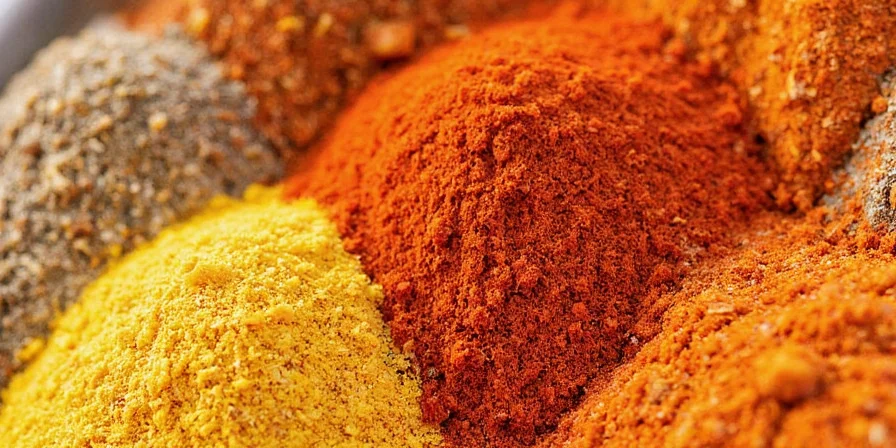
5 Expert Tips for Perfect Curry Every Time
- Bloom spices in oil first: Heat oil, add whole spices (mustard seeds, cumin), cook until fragrant (30 seconds) before adding other ingredients. This releases essential oils.
- Add turmeric early, garam masala late: Turmeric needs time to mellow; add at beginning. Garam masala loses flavor when cooked long—stir in during last 5 minutes.
- Balance heat with acid: If too spicy, add a splash of lemon juice or yogurt—not more coconut milk. The acid counters capsaicin more effectively.
- Toast whole spices before grinding: Dry-toast cumin and coriander seeds in a pan for 1 minute before grinding. This boosts flavor intensity by 40% compared to pre-ground spices.
- Don't skip the "tempering" step: For authentic flavor, heat oil, add mustard seeds until they pop, then add curry leaves. This creates the flavor foundation.
How to Store Curry Spices to Prevent Flavor Loss
Most home cooks unknowingly use stale spices, which ruins curry flavor. Here's how to keep spices fresh:
- Store in airtight containers away from light—clear jars lose potency 3x faster than dark glass.
- Buy whole spices and grind as needed—pre-ground spices lose 50% flavor within 6 months.
- Keep curry powder in the freezer for longest shelf life (up to 2 years).
- Test freshness: rub a pinch between fingers—if scent is weak, it's time to replace.
- Never store spices above the stove where heat and humidity degrade them.
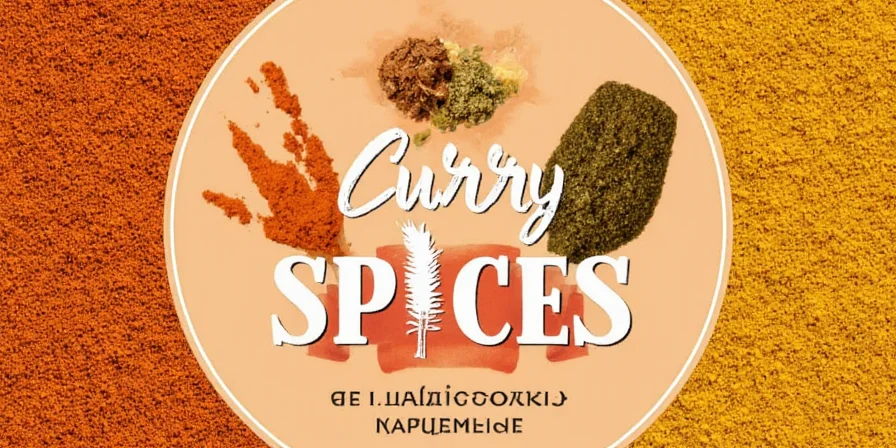
3 Simple Homemade Curry Recipes (Ready in 30 Minutes)
These authentic yet approachable recipes require minimal ingredients and time:
- Beginner's Indian Curry: Sauté onion, add 2 tbsp homemade curry powder (1 tsp turmeric, 1 tsp cumin, 1 tsp coriander, 1/2 tsp chili powder), cook 1 minute. Add 1 can coconut milk, 1 cup chickpeas, simmer 15 minutes. Serve with rice.
- Quick Thai Curry: Heat 1 tbsp red curry paste in oil, add 1 can coconut milk, 1 cup veggies, 1/2 cup chicken, simmer 10 minutes. Stir in 1 tbsp fish sauce and basil at the end.
- Japanese Curry Shortcut: Brown 1 chopped onion, add 2 store-bought curry roux blocks and 2 cups water. Simmer 10 minutes with 1 cup cubed potatoes and carrots. Perfect with rice.
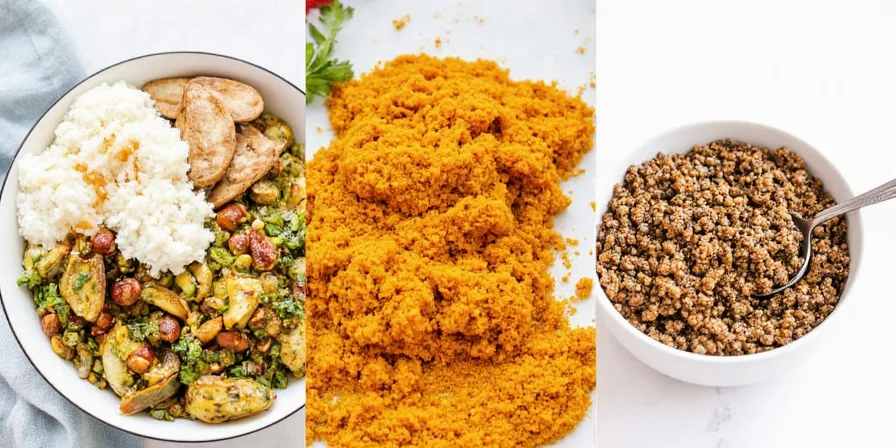
Frequently Asked Questions
What's the difference between curry powder and curry paste?
Curry powder is a dry blend of ground spices, while curry paste contains fresh ingredients like chilies, lemongrass, and garlic blended with oil. Powder works best for dry rubs or when added early in cooking; paste provides immediate, intense flavor and is added at the beginning of cooking.
Can I make curry without curry powder?
Yes! Mix 1 tsp turmeric, 1 tsp cumin, 1 tsp coriander, 1/2 tsp ginger powder, and a pinch of chili powder. Toast the whole spices first for best flavor. This homemade blend tastes fresher and more vibrant than store-bought powder.
Why does my curry taste bitter?
Bitterness usually comes from burnt spices or too much fenugreek. To fix: add a small pinch of sugar or squeeze of lemon juice. Next time, toast spices on low heat and add fenugreek sparingly (it's potent).
How can I make my curry less spicy?
Add dairy (yogurt or coconut milk), acid (lemon juice), or sweetness (a teaspoon of sugar). Dairy binds to capsaicin (the heat compound), while acid and sugar balance the sensation. Never add more water—it dilutes flavor without reducing heat.
What's the secret to restaurant-quality curry at home?
The key is layering flavors: 1) Temper whole spices in oil first, 2) Sauté aromatics until deeply golden, 3) Bloom ground spices before adding liquids, 4) Simmer slowly to develop flavors, 5) Finish with fresh herbs or garam masala. This creates depth that instant mixes can't match.
Conclusion
Curry spices aren't a single ingredient but a customizable flavor system that adapts to your taste and cooking style. By understanding the core spices, regional differences, and simple techniques like proper toasting and layering, you can create authentic-tasting curries without specialty ingredients. Start with the basic blends and techniques outlined here, then experiment with proportions to find your perfect balance. The beauty of curry is that there's no single "correct" version—only what tastes best to you. With these practical tips, you'll move beyond bland, store-bought powders to create vibrant, restaurant-quality curries in your own kitchen.
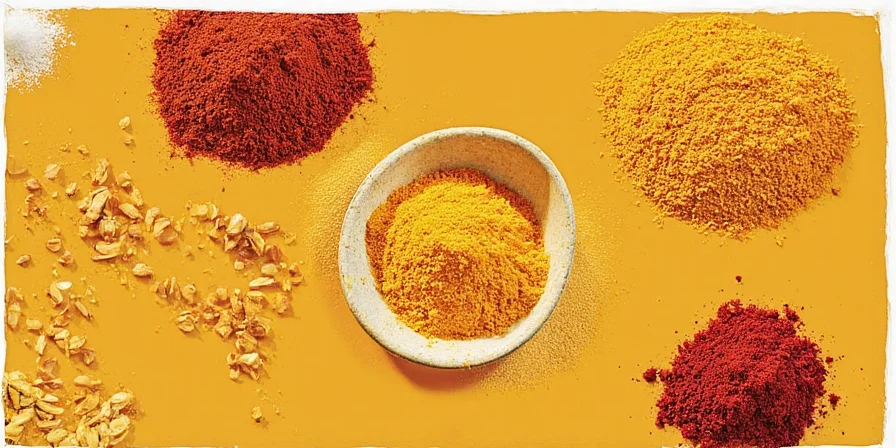

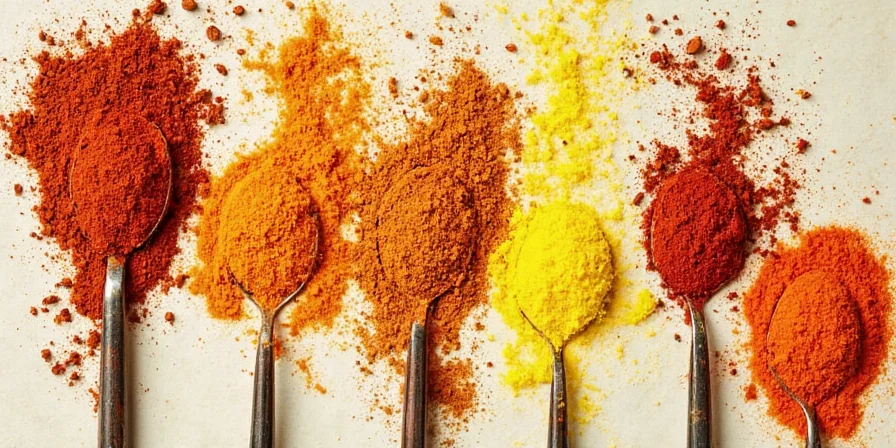









 浙公网安备
33010002000092号
浙公网安备
33010002000092号 浙B2-20120091-4
浙B2-20120091-4